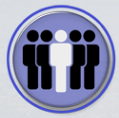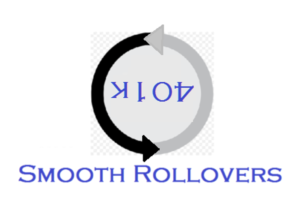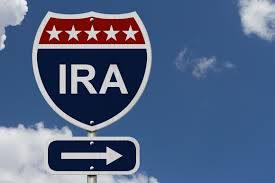

why rollover?

Why roll over?
When you roll over a retirement plan distribution, you generally don’t pay tax on it until you withdraw it from the new plan. By rolling over, you’re saving for your future and your money continues to grow tax-deferred.
If you don’t roll over your payment, it will be taxable (other than qualified Roth distributions and any amounts already taxed) and you may also be subject to additional tax unless you’re eligible for one of the exceptions to the 10% additional tax on early distributions.
4 options for your old 401k
Four options for your old 401k
1 Do nothing and leave it there. This option might make sense if you have something in your current plan that makes it worth the expenses in a 401k, however I have found that is a rare thing.
however I have found that is a rare thing.
2 Withdraw it all – cash out. Think of this as the red emergency button. It’s there if you need it, but it is a last resort.
3 Roll it over to your new 401k. Now we have an option that is starting to make sense. If your current 401k is well designed it has funds in every section of the stock style box, and often those funds have lower expense ratios than their regular counterpart
4 Roll it over to a new IRA. If option 3 makes sense, this makes more sense for the same reasons. Investments with even lower cost, for example one tenth of a percent (.01% the cost of your average ETF) compared to one and a quarter percent (1.25% the cost of the average mutual fund). Also its more flexible with everything, by that I mean… everything. The only real reason to roll over into another 401k is because you want to take a loan from your current 401k and you need more collateral to do it. In order to take a loan from your 401k, you need at least twice as much in there as the amount of the loan you want to take.
When should I rollover?
When should I roll over?
You have 60 days from the date you receive an IRA or retirement plan distribution to roll it over to another plan or IRA. The IRS may waive the 60-day rollover requirement in certain situations if you missed the deadline because of circumstances beyond your control
how do I complete a rollover?
How to rollover an old 401k
1 Call me.
2 Let me take care of it. 😊 we will need to contact the other firm and request instructions and the forms needed. This is where it gets tricky. You will run into what is known in the business as “loyalty, or retention”. Most firms whether they say it or not want to hang on to your money, and there really is no industry standard that establishes uniformity when it comes to how this is done. You need experience, knowing what to ask and what to do, and I have it.
here are the steps we will go through
1 open a rollover ira
2 contact the other firm and request instructions and the forms needed. This is where it gets tricky. You will run into what is known in the business as “loyalty, or retention”. Most firms whether they say it or not want to hang on to your money, and there really is no industry standard that establishes uniformity when it comes to how this is done. You need experience, knowing what to ask and what to do, and I have it.
There are a few different types of rollover, and they vary a little from one to the other, but the basics are the same.

2. Trustee-to-trustee transfer – If you’re getting a distribution from an IRA, you can ask the financial institution holding your IRA to make the payment directly from your IRA to another IRA or to a retirement plan. No taxes will be withheld from your transfer amount.
3. 60-day rollover – If a distribution from an IRA or a retirement plan is paid directly to you, you can deposit all or a portion of it in an IRA or a retirement plan within 60 days. Taxes will be withheld from a distribution from a retirement plan (see below), so you’ll have to use other funds to roll over the full amount of the distribution.
